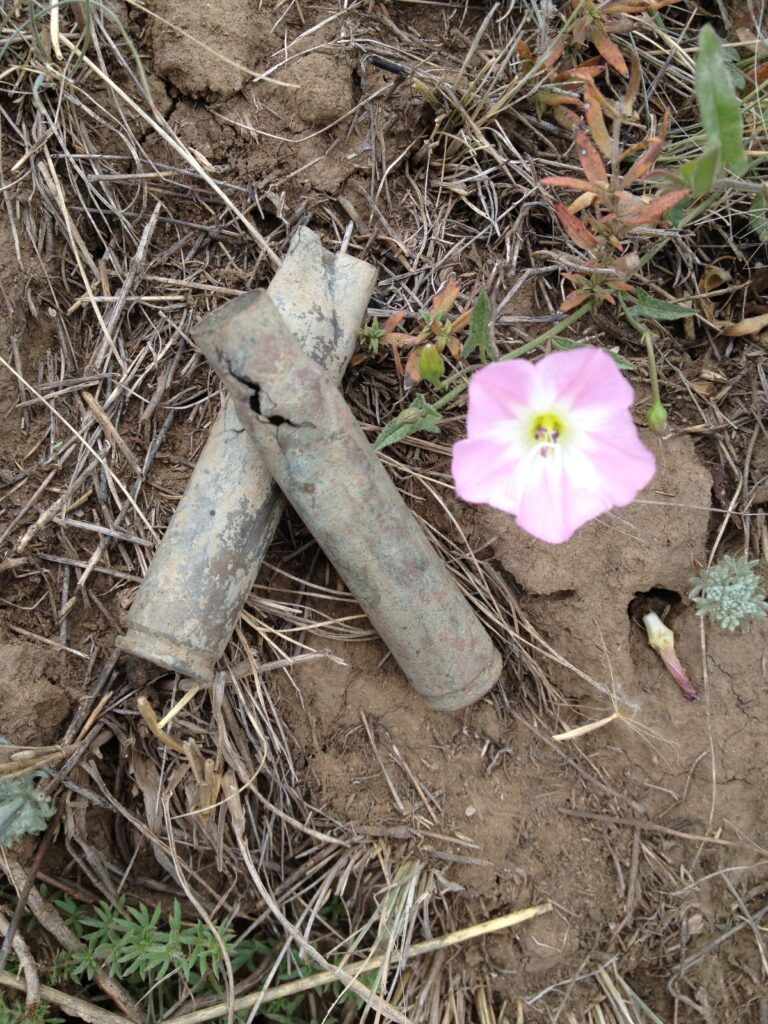
#OTD in 1941 the German Wehrmacht attacked the Soviet Union. With around 3.3 million troops, and 6.6 thousand tanks and aircraft, and supported by over a million horses and other vehicles, it was the most powerful military force the world had yet witnessed.
This titanic struggle was to decide the fate of Nazi attempts to conquer Europe. It would be called Operation Barbarossa. One of the few large-scale German military campaigns of WWII to not be code-named after a colour, Barbarossa raged across thousands of miles of Russia, until it foundered on the borders of Asia, at Stalingrad, on the Volga river.
Strangely – for me it connects four places I have worked in – Concentration Camp Sachsenhausen north of Berlin, southern Turkey, Lebanon and what today is Volgograd.
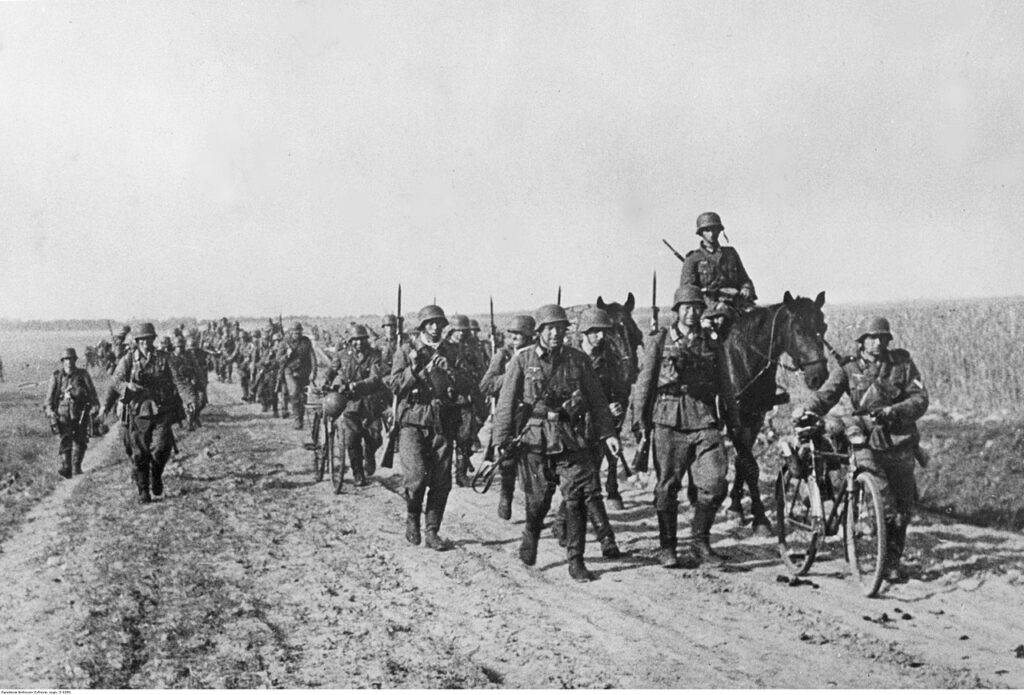
The Barbarossa campaign reduced:
Avoid a two-front war, and don’t invade Russia were two cardinal military rules broken by Hitler in June of 1941. So why do it?
The drive behind the campaign were myriad:
Knocking out Russia as a continental ally of the UK, thus hastening a peace deal in the west. This offer had long been a hope of Hitler’s foreign policy – his offer was leaving Britain’s over-seas empire intact in return for their non-interference with Nazi hegemony in Europe.
More pressingly, the Soviet Union’s military strength and long term policy goals, though held temporarily in check by a pact with Hitler over the invasion of Poland in 1939, would only increase and threaten Germany so to attack sooner was better than later.
Resources for the war effort (particularly oil) would be a Nazi gain upon Soviet defeat.
And much longer term, the dream of creating an agricultural paradise with Nazi warrior settler families controlling huge estates exploiting local slave labour. This would produce food in abundance, sustaining the population of the huge post-war German empire. This program would also help support Hitler’s ultimate goal – a war against the US. Interestingly, during Barbarossa, Hitler spoke of this agricultural theme more than any other during his ‘down-time’ meal ‘conversations’ (generally monologues) at his HQs.
Barbarossa group think:
This dream was underpinned by a fatal hubris – the assumption that the Soviet military and the nation’s resources would eventually collapse under a maximum pressure Blitzkrieg. Amazingly – no one in Wehrmacht command applied these hypothetical conditions or outcomes to their own side.
So, by the winter of 1942/3, the attacks had stalled in the southern sphere at Stalingrad.
American lease-lend materials, the vast manpower reserves the Soviet Union could muster, the burning desire for revenge as defenders of their ravaged motherland, and a spectacularly flexible repositioned armaments sector all contributed to the turnaround.
The army with no manpower reserves, and supply deficits was now the Wehrmacht.
From 1943, the eastern front moved westwards, two years later closing, like a steel tsunami, over the Nazi capital Berlin, where it had all begun, and now came to a fiery end.
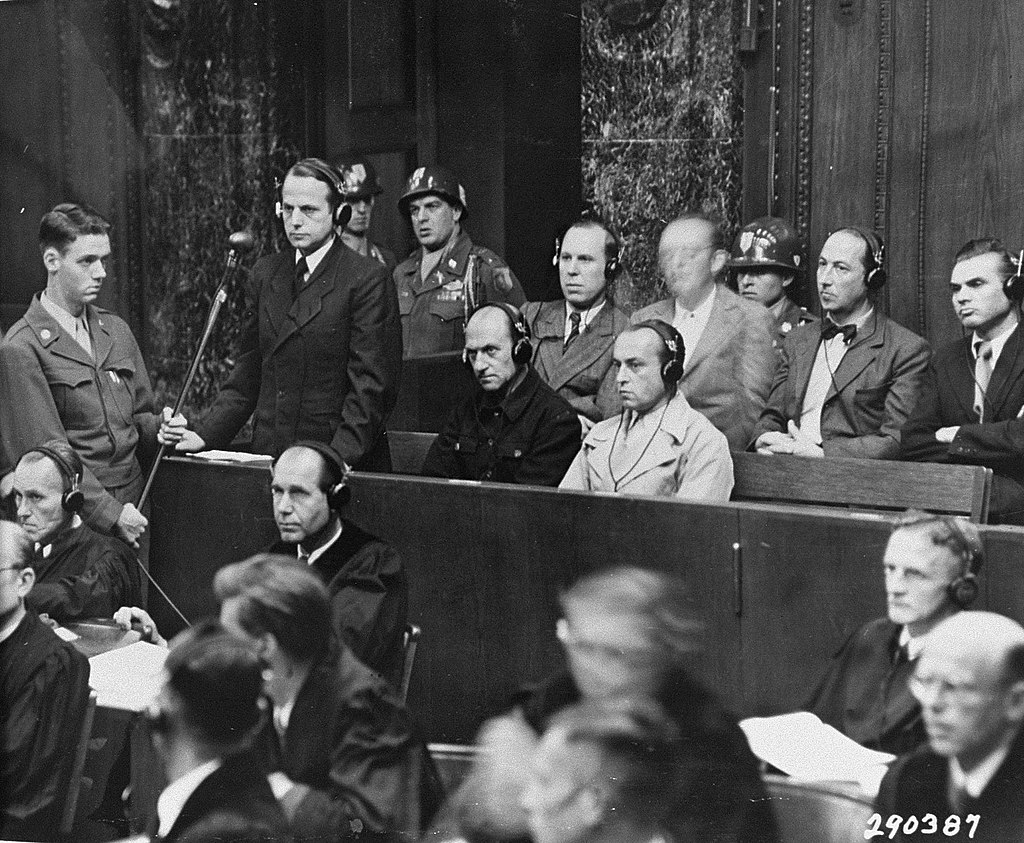
Barbarossa exposed:
After 1945, study of Operation Barbarossa revealed its terrible secrets. It was behind the smoke-screen of this campaign that one of the three phases of Holocaust occurred. The work of ‘Einzatzgruppen’ – ‘Task Forces’ murdered 1.5 million Jews in the occupied territories. Over 3 million Soviet POWs died in captivity of the German Army, countless thousands of civilians died or were dragged off west into slave labour.
But how does this campaign connect all the places listed above?
My Barbarossa:
Firstly, the name. 1941 Operation Barbarossa was named after 12thC Holy Roman Emperor Frederic 1st. Nicknamed in German ‘Rotbart’– Redbeard – it is the Italian version of this nickname that stuck – Barbarossa.
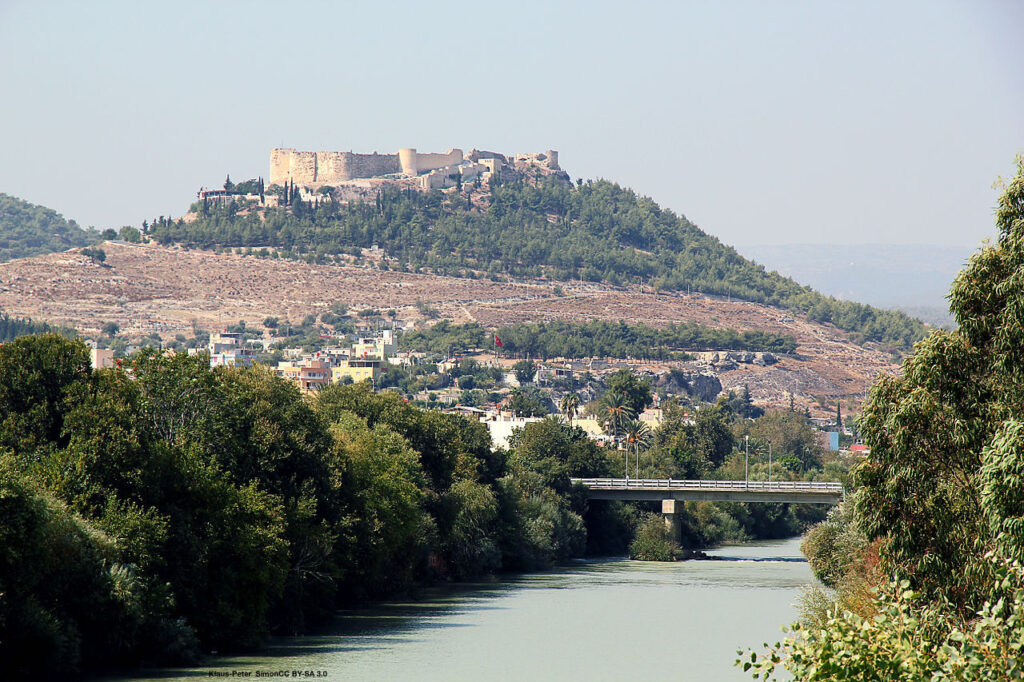
He died in 1190, ( in June too weirdly), drowning in the Göksu river near today Turkish town of Silifke. It was near here where I worked on an archaeological excavation for several seasons. On one of our days off we floated down the Göksu river in tractor inner tubes. We didn’t drown, and we named our day out ‘Barbarossa’ in Frederic’s honour.
My archaeological lecture tour circuit took me elsewhere connected with Emperor Barbarossa. After his death, many legends grew up around his mythical return. The most enduring is the story that Barbarossa sleeps under several mountains waiting to return and lead Germany to glory. The first German emperor Wilhelm I was trumpeted as his reincarnation in 1871.
What actually happened to Barbarossa was that he was pickled. His body was put in vinegar and buried in the Crusader cathedral in the ancient city a Tyre in Lebanon. His flesh was moved to Constantinople, but his bones are said to still rest in Tyre. I often visit the ruins of this cathedral. The bones have never been found despite excavation.
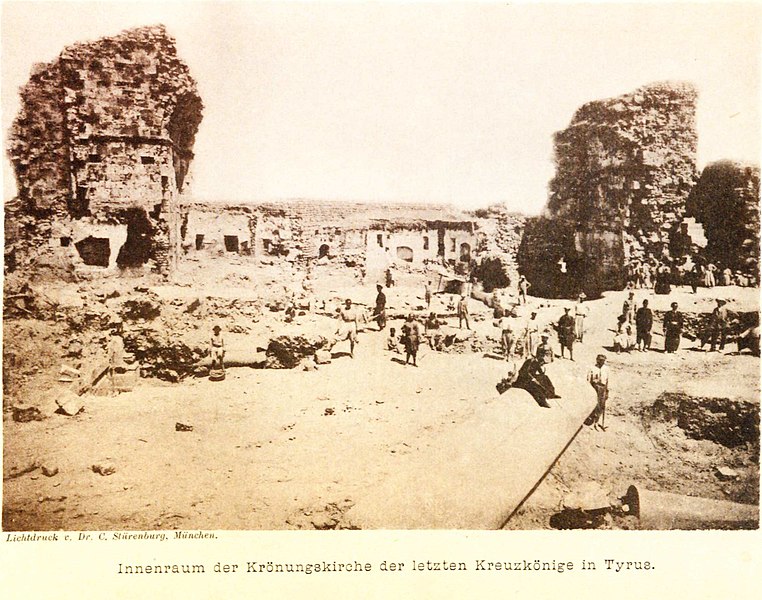
All those interested in military history must visit Stalingrad. On the flat plains to the west are vast cemeteries filled with the victims of this bloodiest of battles. Bones are found regularly and reburied. The plain is still strewn with battle debris.

This is the casing of a 7.92 x 57 P25 Mauser cartridge from 1939 found on the Stalingrad battlefield. It was manufactured by Metallwarenfabrik Treuenbritzen, a place south west of Berlin. This company had manufactured munitions from the beginning of the 20thC. The Treuenbritzen munitions factory ‘Werk Selterhof’was a satellite of Concentration camp Sachsenhausen, we I often guide too. Sachsenhausen also served as the main command centre (the inspectorate) of the entire camp system from 1936.
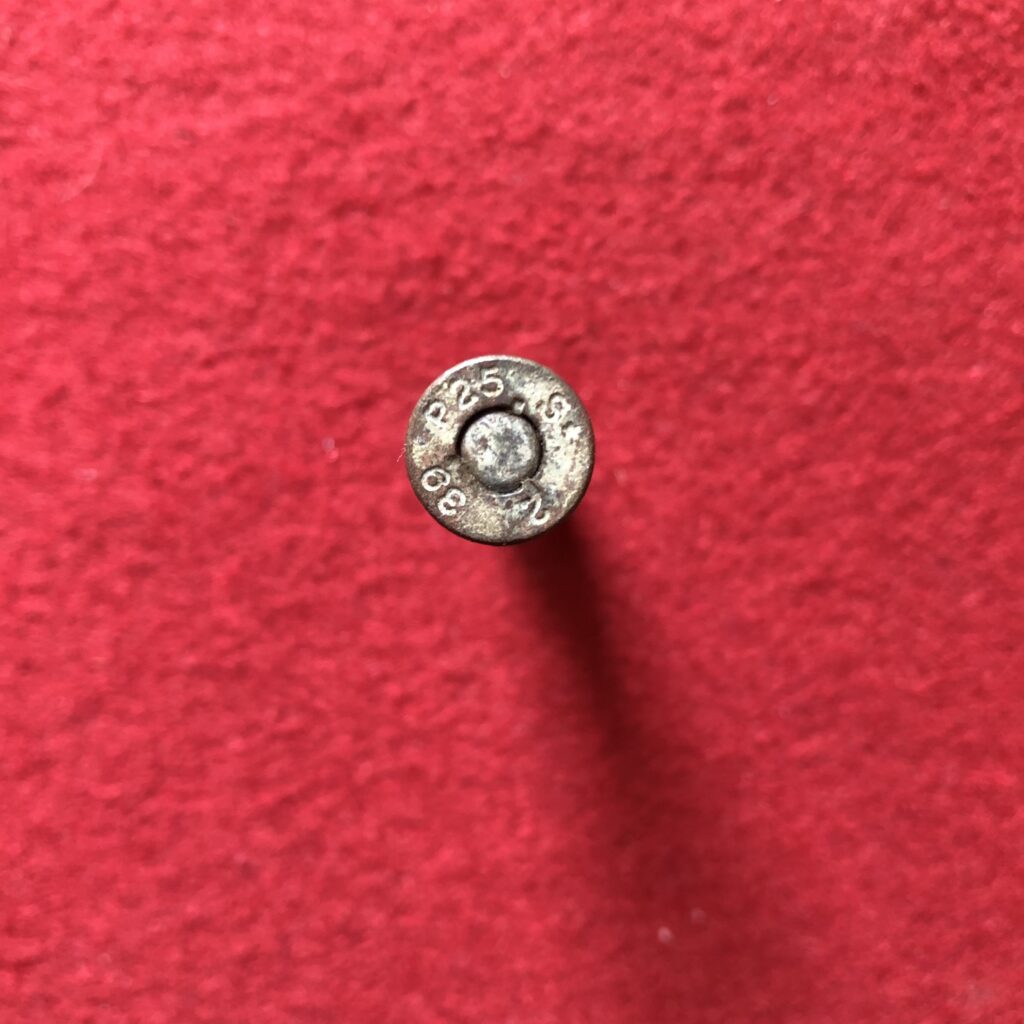
Prisoners of war and other labourers from occupied territories worked to make these cartridges, that once spent, lay on the plains of the Volga, where the tide turned against Operation Barbarossa and changed history.
